Four-Legged Minaret
Balanced on four stone pillars, this historic tower was the site of a tragic political assassination.
The Seyh Muhtar Mosque itself, while more than 500 years old and containing the grave of Sheikh Matar himself, is really not unlike a number of other mosques in the area.
Sure, everyone recognizes the mosque that occupies this parcel of land behind the fortified walls of Diyarbakır’s Old City, like it has for half a millennia at this point. But the real reason the mosque has become a site of peculiar interest lies in the minaret rising from its northeast side.
In Turkish, the locals call it “Dört Ayaklı Minare,” or the Four-legged Minaret.
According to the “Diyarbakır Salnâmeleri,” or the town’s “yearbooks,” the proto-minaret was built in that spot as a plain-old outlook tower around the year 906 BCE. Only when the local population was conquered and converted to Islam was the tower retrofitted into a minaret, per the command of Hajji Hüseyin in the year 1500. By this point in time, the structure’s truly unique four-pillared base was already, er, set in stone.
So it has been, that for the past 500-plus years, a stone spire reaching for the sky has issued calls to prayer five times daily while balanced precariously on four spindly columns. According to a story, the four columns, or pillars, represent four denominations of Sunni Islam and the minaret above represents the religion of Islam as a whole. Local lore holds that any individual who passes seven times between the four columns will have all their wishes granted.
No luck was to be found at the base of the minaret, however, on the afternoon of November 28, 2015, when local political figure Tahir Elçi gave a press conference at the base of the minaret. Gesturing to chunks missing and bullet holes in the minaret’s legs, suffered in a recent firefight between a Kurdish militant group and the Turkish government, Elçi used the landmark to illustrate the way political conflicts increasingly endanger the nation’s cultural legacy. Just minutes later, after returning to his vehicle, he and his security were ambushed and assassinated.
If any silver lining is to be found in the dramatic loss of Elçi, it is the increased awareness that has arisen in the time since with regard to the value of the region’s historic sites – and nowhere is this more true than the place where he last stood, begging for preservation.

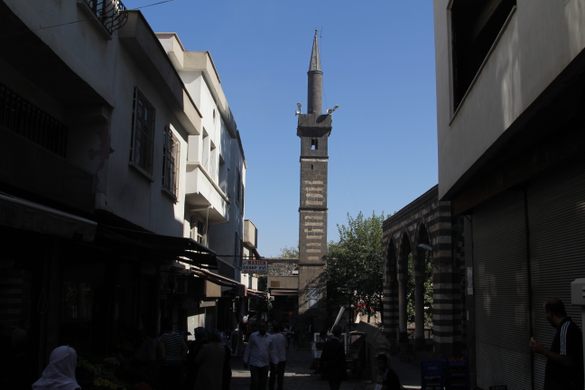
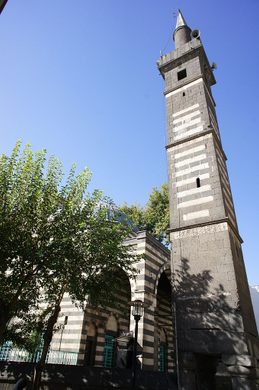


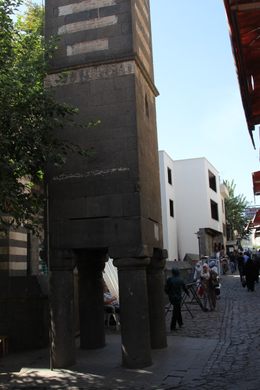
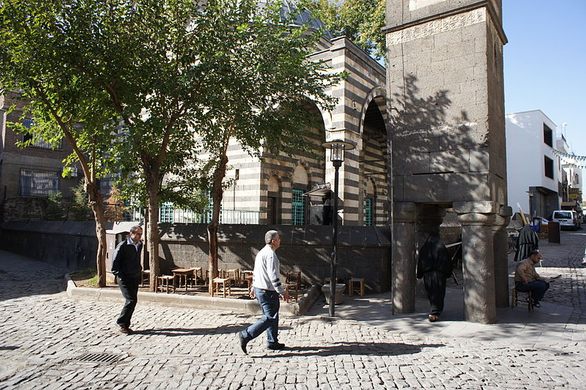




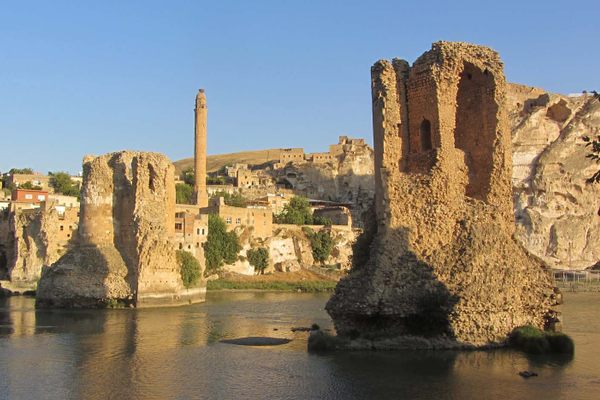



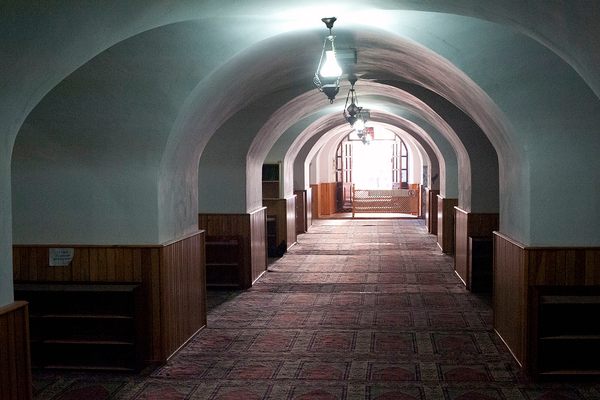


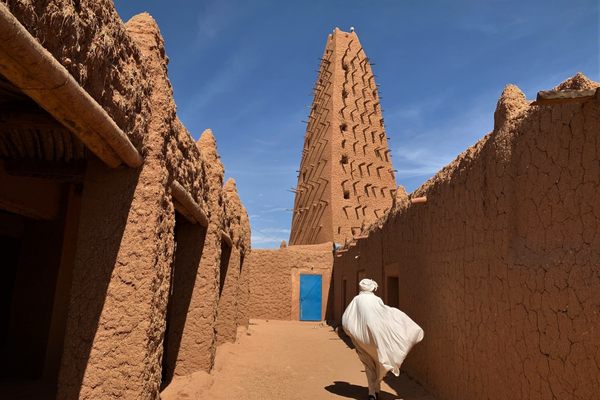

Follow us on Twitter to get the latest on the world's hidden wonders.
Like us on Facebook to get the latest on the world's hidden wonders.
Follow us on Twitter Like us on Facebook